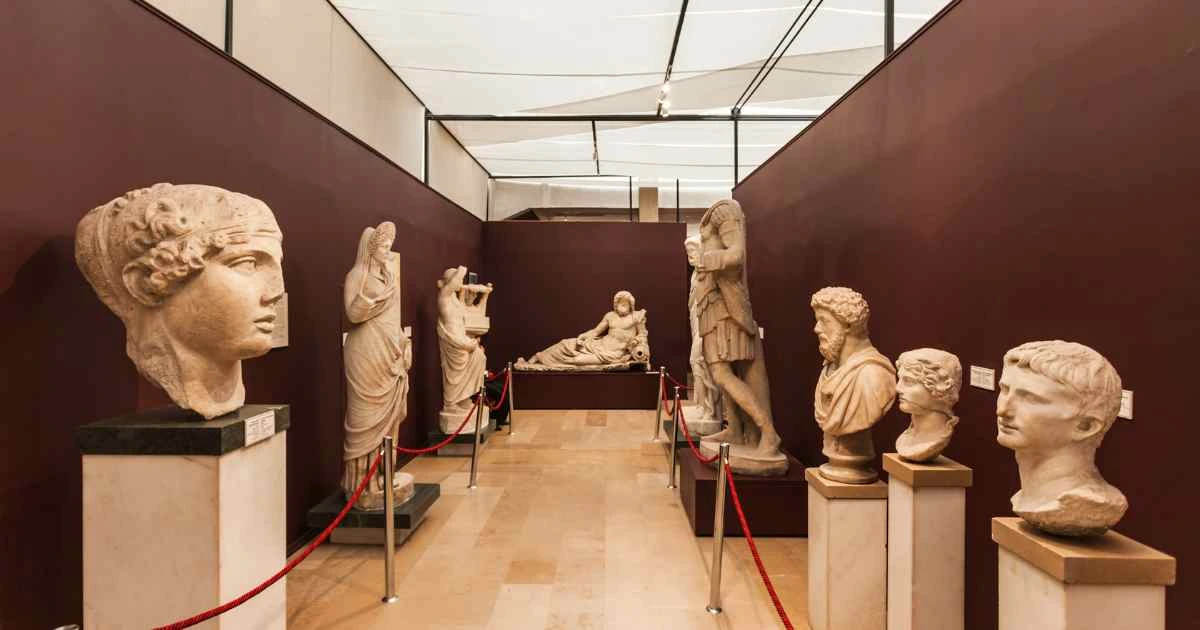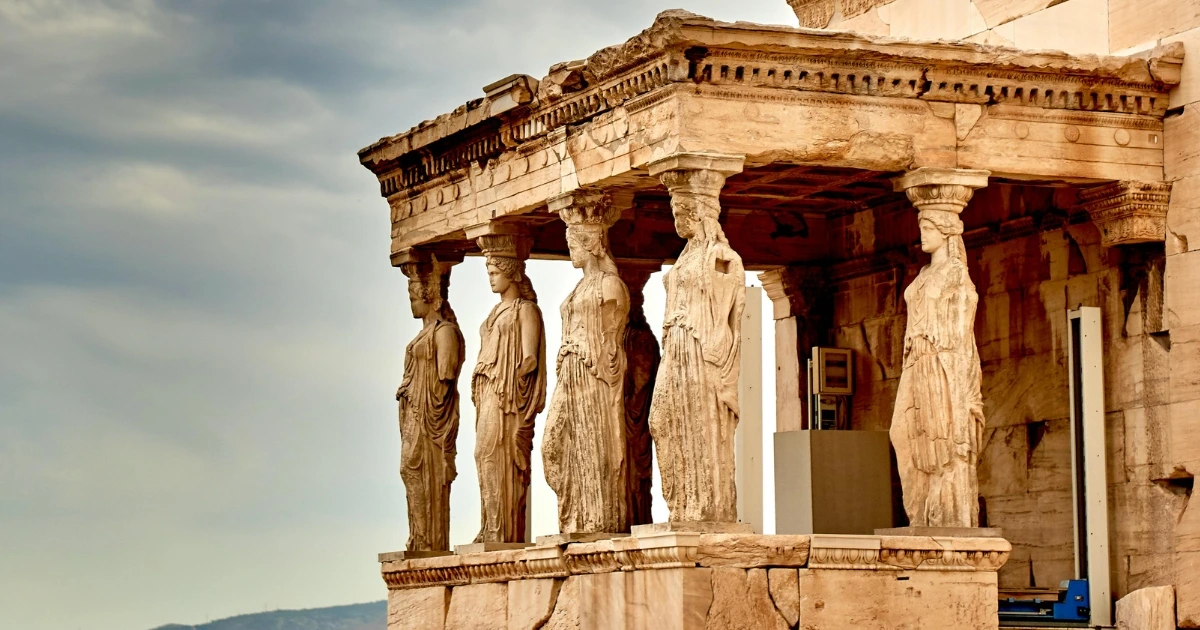Discovering the 5 Most Visited Museums in the World
Museums aren’t just buildings filled with artifacts. they’re gateways to human creativity and history. Each year, millions travel to experience the world’s most celebrated museums. Today, we’re exploring the 5 most visited museums in the world, destinations that blend preservation with presentation, education with entertainment.
Table of Contents
Key Takeaways
- The 5 most visited museums collectively welcome over 40 million visitors annually
- The Louvre remains the champion with nearly 10 million visitors per year
- Free admission at institutions like the British Museum significantly impacts visitor numbers
- Digital innovation is transforming how these museums engage with visitors
- Each museum offers unique experiences beyond their collections
5 Most Visited Museums in the World
The Louvre: Reigning Champion
The Louvre tops attendance charts with approximately 9.6 million visitors annually. While the Mona Lisa draws crowds, the museum’s appeal extends across eight departments spanning millennia of creativity. I.M. Pei’s glass pyramid marks just one chapter in the building’s evolution, with recent expansions like the Islamic Art wing demonstrating how the museum balances heritage with innovation.
Visitor tip: Visit Wednesday and Friday evenings for extended hours with smaller crowds.
The National Museum of China: Rising Giant
This Beijing institution competes with the Louvre for the top position, attracting about 8.6 million visitors annually. Created in 2003, it houses over one million artifacts spanning Chinese civilization from prehistoric times to today. Its 2011 renovation expanded exhibition space to approximately 200,000 square meters, making it one of the largest museums globally.
The Vatican Museums: Sacred and Secular Appeal
These interconnected museums welcome approximately 6.8 million visitors annually. The collection ranges from Egyptian mummies to contemporary art, though Renaissance masterpieces form its core. The Sistine Chapel serves as both artistic pinnacle and spiritual space, creating an atmosphere unlike any other museum.
Navigation tip: Allow at least three hours, as the Sistine Chapel comes near the end of a lengthy one-way route.
The Metropolitan Museum of Art: America’s Cultural Jewel
“The Met” welcomes approximately 6.7 million visitors annually. Founded in 1870, it houses over two million works spanning 5,000 years. Its encyclopedic approach combines with architectural grandeur, from the Beaux-Arts façade to the medieval-focused Met Cloisters. The American Wing offers period rooms showcasing decorative arts within authentic architectural settings.
British Museum: Encyclopedia of Human Civilization
London’s British Museum welcomes around 6.2 million visitors annually. Founded in 1753, it was the world’s first national public museum. Its comprehensive approach covers human civilization across all continents, housing approximately eight million works. The Queen Elizabeth II Great Court, designed by Norman Foster, transformed the institution by creating Europe’s largest covered public square.
Unlike most top museums, it maintains free admission to permanent collections.
Conclusion
These five museums have transcended their founding missions to become essential cultural landmarks. Each continuously reimagines how to present collections, engage visitors, and remain relevant. Their attendance figures testify to our enduring desire to connect with objects embodying our collective past and creative spirit.
Whether planning a dedicated museum journey or incorporating cultural stops into broader travel, these institutions offer experiences that reward curiosity and enrich understanding.
FAQs
When to visit to avoid crowds?
Weekday afternoons are ideal, particularly Wednesday and Friday evenings for the Louvre and British Museum. Aim for the first hour after opening at the Vatican Museums, and weekday mornings for the Met to enjoy a quieter experience.
Advance tickets needed?
Advance tickets are essential for the Louvre and Vatican Museums to avoid long waits. They are recommended for the Met, while the British Museum’s permanent collection typically does not require advance booking.
How long to spend?
Most visitors spend 3–4 hours at each museum. However, for massive institutions like the Louvre and Met, many travelers choose to return for multiple visits to fully explore the collections.
Accessibility?
Many museums feature excellent accessibility in newly renovated areas. However, the Vatican Museums can present challenges for those with mobility issues due to the age and design of the historic buildings.
Worth taking guided tours?
Absolutely—guided tours can greatly enhance your experience, especially at the Vatican Museums and British Museum, where understanding the rich historical and cultural context adds depth to the visit.
Must-see works?
Besides the iconic Mona Lisa at the Louvre, make sure to see the Sistine Chapel at the Vatican Museums, the Temple of Dendur at the Met, the Rosetta Stone at the British Museum, and the ancient bronze vessels at the National Museum of China.







